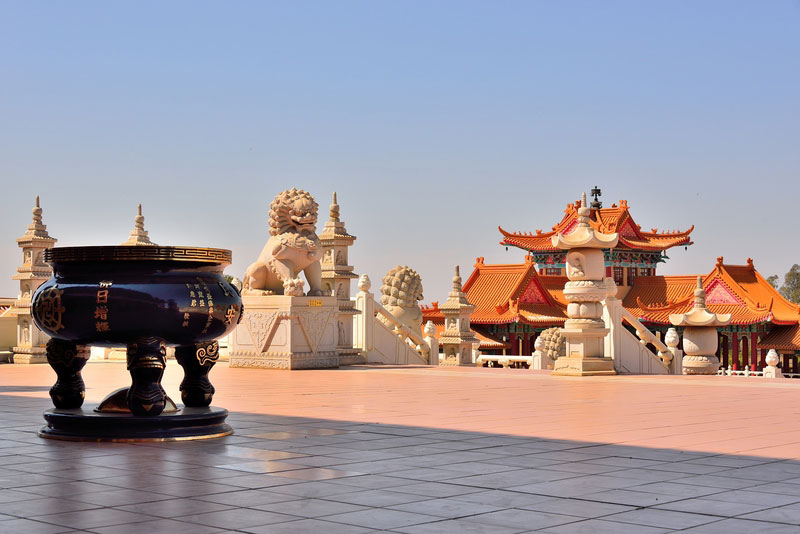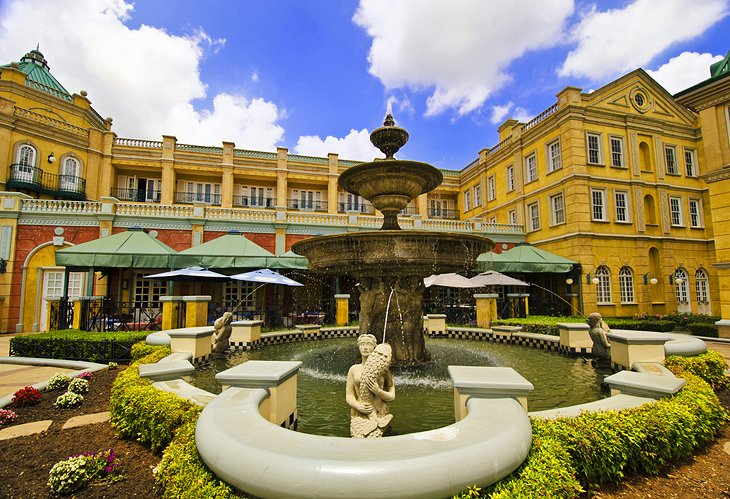Johannesburg North Attractions Things To Know Before You Get This
Johannesburg North Attractions Things To Know Before You Get This
Blog Article
About Johannesburg North Attractions
Table of ContentsThe 25-Second Trick For Johannesburg North AttractionsSee This Report on Johannesburg North AttractionsHow Johannesburg North Attractions can Save You Time, Stress, and Money.The Facts About Johannesburg North Attractions RevealedAll about Johannesburg North AttractionsThe Greatest Guide To Johannesburg North Attractions
The city expanded on the edge of the Witwatersrand Key Coral reef, a subterranean stratum of gold-bearing quartz-silica conglomerate that arcs for hundreds of miles under the Highveld - Johannesburg North attractions. Most of the gold mines in the city ceased procedure in the 1970s, but in its day the Witwatersrand gold industry accounted for more than 40 percent of the world's yearly gold production.Johannesburg has a pleasant climate. The city appreciates about 8 hours of sunlight per day in both wintertime and summer.
What rain the city gets drops virtually exclusively in the summer months, commonly in spectacular late-afternoon electric tornados., where lots of locals still count on coal for gas.

The Greatest Guide To Johannesburg North Attractions
The equilibrium of the city is occupied by whites. Holiday accommodation differs in character and high quality.
Physical growth, although rather restricted by transport, continued promptly as migration to South Africa, and Johannesburg particularly, enhanced substantially. This trouble was resolved in the 1930s when the car was presented in automation to South Africa. Automobiles were, essentially, restricted to the rich, and allowed them to relocate to the north of the city and commute into the centre.
Many inadequate residential areas were mixed, with bad blacks and whites living with each other, although the well-off suburban areas were normally reserved for whites.
The estimated population of the area is 200,000, [] however the number of people staying in the central city on an informal basis is unknown, as lots of are illegal aliens. Most higher-income citizens and white individuals have actually relocated to the north suburbs and have actually been changed by lower-income black people. The unemployment, education and learning, and age accounts of the area are all unknown, as a result of the difficulty of obtaining dependable details concerning the area.
The Main Principles Of Johannesburg North Attractions
Centred on the CBD, the area consists of the residential areas of Yeoville, Bellevue, Troyeville, Jeppestown, and Berea to the eastern. To the west it spreads out to Pageview (Johannesburg North attractions) and Fordsburg. There are little industrial parks to the south, such as City West-Denver and Benrose. Around 800,000 commuters pass via the central city on a daily basis, and it operates as a local buying node for visitors from the southerly residential areas. Yeoville and Bellevue have a mix of home structures and single domestic units on tiny whole lots. The area lies on a mountainous divide that ranges from eastern to west. The most obvious geographical feature is Observatory Ridge, which is called for the big observatory located on it. The recreational rooms are no longer used, because of safety issues.

3 Easy Facts About Johannesburg North Attractions Explained
The eastern residential areas are some of the see this here earliest areas of Johannesburg, there are big communities of Jewish and various other European backgrounds, the bulk of the population is English talking. There are three golf training courses as well as a number of protected ridges with viewsites.
Initially constructed to house male migrant employees, many have been improved as homes for couples and households. The suburban area was not traditionally permitted to develop work centres within the location, so virtually all of its homeowners are travelers to various other components of Read More Here the city.
Getting The Johannesburg North Attractions To Work
The N1 Western Bypass links the northern residential areas with the north-western residential areas. The suburbs in the north suburban areas are mainly formal, without substantial areas of informal real estate, or housing that does not have an irreversible structure. Although this is a well established area, there is a fad of land usage change from residential to business, particularly along major arterial roadways and around recognized nodes.
Roads to the eastern and west are much less well developed, as there are no freeways taking a trip in that instructions. Towards the northern border of the city, the thickness of growth lowers, leaving large areas of untaught land around Midrand.
The Only Guide to Johannesburg North Attractions
The first suburban area to the north of the central city is Parktown, which lies on a hill overlooking the central city and Hillbrow. It has several well-off homeowners Discover More and Edwardian-design estates, in addition to the Education and Medical campuses of the College of the Witwatersrand. The big concrete Charlotte Maxeke Johannesburg Academic Hospital controls the horizon of Parktown.
Report this page